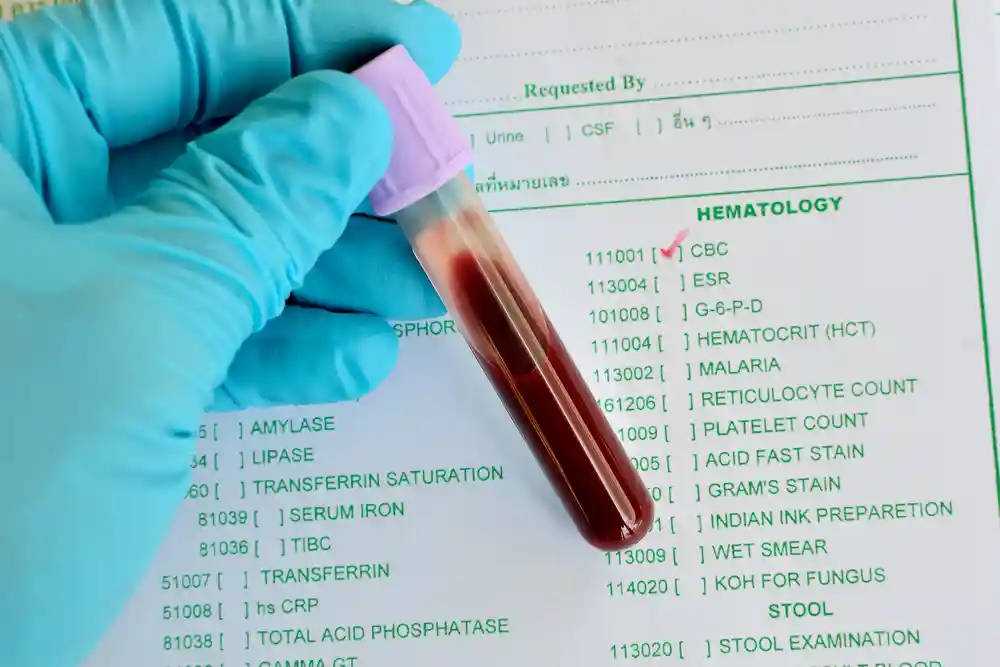Red cell count

The third value usually listed in a complete blood count is the red cell count. Red cell count isn’t usually correlated with anemia and many anemias can have normal cell count. It, however, correlates with the bone marrow’s ability to produce cells and is greatly decreased in cases of aplastic anemia. Red cell count was traditionally determined through examining a sample of the patient’s blood under the microscope and manually counting red cells then multiplying the number by the volume of blood. This method is now obsolete and is replaced by the automated analyzer which determines red cell count using laser optical light dispersion which is far more accurate and time-saving.
Red cell count is also useful for determining the parameters of each cell by using its value as a denominator for example:
- Mean corpuscular hemoglobin: This value refers to the amount of hemoglobin found in a single red corpuscle. It is measured by dividing hemoglobin level to the number of red cells in a given volume of collected blood. Its measuring unit is picogram which is one millionth of a gram. Normal values range between 27-31 picograms, and cells which have a low hemoglobin content are said to be
- Mean corpuscular volume: Mean corpuscular volume is the volume of a single red corpuscle. It is calculated by dividing hematocrit -which is the volume of all red cells in a certain volume of blood- to the number of cells in the same volume. Its measuring unit is femtoliter which is one millionth billionth of a liter (that’s 15 zeros). Normal values range from 81-89 fl. If a cell has a large MCV, it is said to be macrocytic, and if it has a small MCV, it is said to be
